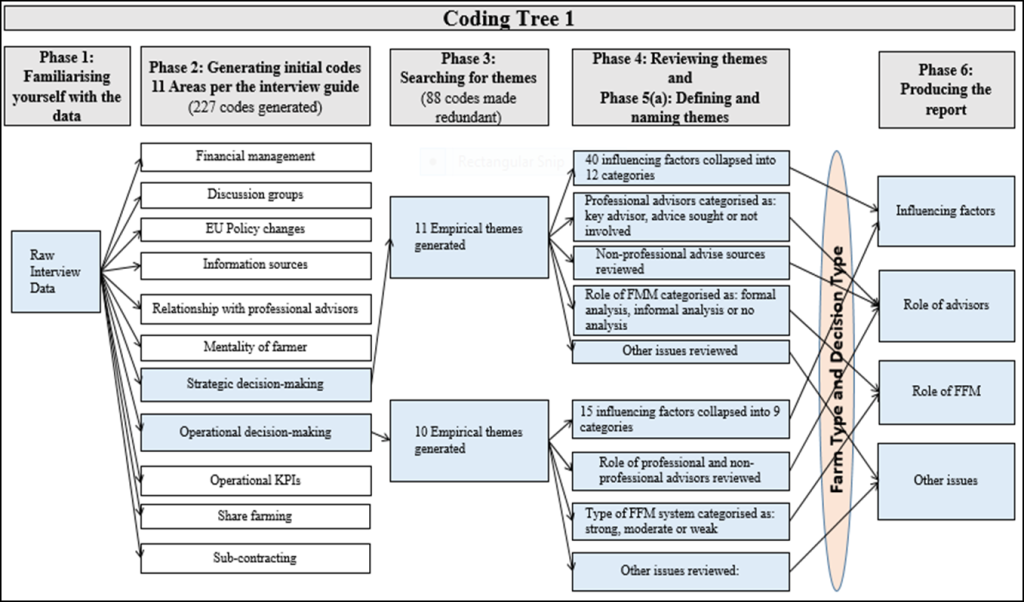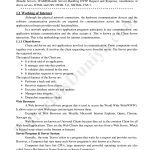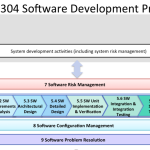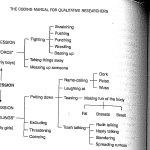Unlocking Insights: Mastering Qualitative Coding Techniques For Actionable Results
Qualitative Coding Techniques: Unlocking Insights from Data
Introduction
Greetings, Readers! In today’s rapidly evolving digital landscape, harnessing the power of qualitative coding techniques has become essential for businesses and researchers alike. By systematically organizing and analyzing qualitative data, these techniques enable us to uncover valuable insights that can drive decision-making and deepen our understanding of complex phenomena. In this article, we will delve into the world of qualitative coding techniques, exploring what they are, who uses them, when and where they are applied, why they are important, and how they are implemented.
2 Picture Gallery: Unlocking Insights: Mastering Qualitative Coding Techniques For Actionable Results


What are Qualitative Coding Techniques? 🕵️♂️
Qualitative coding techniques refer to the systematic process of organizing, categorizing, and analyzing qualitative data. This method involves assigning labels or codes to segments of text, images, audio, or video, allowing researchers to identify themes, patterns, and relationships within the data. By breaking down the data into manageable units, qualitative coding techniques provide a structured framework for interpretation, facilitating the extraction of meaningful insights.
Understanding the Who 🔍

Image Source: scholasticahq.com
Qualitative coding techniques are utilized by researchers, social scientists, market analysts, and professionals in various fields. Whether studying human behavior, conducting market research, or analyzing customer feedback, these techniques offer a powerful tool for exploring and understanding qualitative data.
Exploring the When and Where ⏰🌍
Qualitative coding techniques can be applied throughout the research process, from data collection to analysis. They are commonly used in interviews, focus groups, surveys, ethnographic studies, content analysis, and archival research. Regardless of the research context, these techniques help researchers make sense of the rich and complex data they gather.
Unraveling the Why ❓
The utilization of qualitative coding techniques is driven by the need to uncover deep insights and understand the underlying meanings within qualitative data. By systematically applying codes, researchers can identify recurring motifs, uncover hidden patterns, and shed light on the nuances and complexities of human experiences. This deeper understanding enables informed decision-making and empowers researchers to generate new knowledge.
Mastering the How 💡

Image Source: getthematic.com
There are various approaches to qualitative coding, including but not limited to inductive, deductive, and descriptive coding. Inductive coding involves deriving categories directly from the data, allowing themes and patterns to emerge organically. Deductive coding, on the other hand, involves applying pre-existing theories or frameworks to the data. Descriptive coding focuses on labeling and categorizing the data without attempting to interpret or explain its meaning. Researcher expertise, research questions, and the nature of the data guide the choice of coding approach.
Advantages and Disadvantages of Qualitative Coding Techniques 📊
Like any research method, qualitative coding techniques have their own set of advantages and disadvantages.
Advantages:
1. Depth of Understanding: Qualitative coding techniques allow for a deep exploration of complex phenomena, capturing rich and nuanced data.
2. Flexibility: These techniques provide the flexibility to adapt coding schemes based on emerging insights, ensuring a dynamic analysis process.
3. Contextualization: By analyzing qualitative data, researchers can understand the context in which behaviors, opinions, and experiences occur, providing a holistic understanding.
4. Holistic Approach: Qualitative coding techniques enable the integration of diverse data sources, incorporating multiple perspectives and enriching the analysis.
5. Iterative Analysis: The iterative nature of qualitative coding allows researchers to refine their understanding and delve deeper into the data with each coding cycle.
Disadvantages:
1. Subjectivity: Qualitative coding techniques are prone to researcher bias, as interpretation and categorization rely on individual judgment.
2. Time-Consuming: The process of qualitative coding can be time-consuming, especially when dealing with large volumes of data.
3. Complexity: Coding qualitative data requires the development of a clear coding scheme and a comprehensive understanding of the research context.
4. Potential Overlooking: There is a risk of overlooking relevant patterns or themes if the coding scheme is not adequately developed or if the researcher lacks expertise.
5. Limited Generalizability: Due to the nature of qualitative data, findings derived from qualitative coding techniques may not be easily generalizable to larger populations.
Frequently Asked Questions about Qualitative Coding Techniques ❓
1. What is the difference between qualitative and quantitative coding?
Qualitative coding involves organizing and analyzing subjective data, such as interviews or open-ended survey responses, while quantitative coding deals with numerical or measurable data.
2. Are there software tools available for qualitative coding?
Yes, there are numerous software tools available to aid in qualitative coding, such as NVivo, MAXQDA, and ATLAS.ti, which provide features for efficient data organization and analysis.
3. How can I ensure the reliability and validity of my coding?
To ensure reliability, it is important to establish clear coding guidelines, conduct intercoder reliability tests, and maintain consistency throughout the coding process. Validity can be enhanced by providing detailed justifications for coding decisions and seeking peer review for confirmation.
4. Can qualitative coding be used in combination with quantitative analysis?
Absolutely! Qualitative coding can complement quantitative analysis by providing context, explanations, and insights to enrich the understanding of numerical data.
5. What ethical considerations should be taken into account when using qualitative coding techniques?
When conducting qualitative coding, it is crucial to ensure the confidentiality and anonymity of participants’ data. Obtaining informed consent, protecting privacy, and adhering to ethical guidelines are essential aspects of conducting ethical research.
Conclusion: Unlocking Insights and Driving Action 🚀
In today’s information-driven world, qualitative coding techniques serve as valuable tools for unlocking insights and driving meaningful action. By systematically organizing and analyzing qualitative data, researchers and professionals can gain a deeper understanding of complex phenomena and make informed decisions. Whether used in academia, market research, or public policy, qualitative coding techniques offer a powerful means of extracting meaning from data and generating new knowledge.
Final Remarks: Embracing the Power of Qualitative Coding Techniques 🌟
As we conclude this exploration of qualitative coding techniques, it is important to emphasize that the successful application of these techniques requires a combination of technical skills, domain expertise, and a deep understanding of the research context. Researchers and practitioners must navigate the challenges and complexities posed by qualitative data, ensuring rigor, transparency, and ethical considerations throughout the coding process. By embracing the power of qualitative coding techniques, we empower ourselves to unlock the hidden insights within data, driving innovation, and fostering a deeper understanding of our world.
This post topic: Programming


